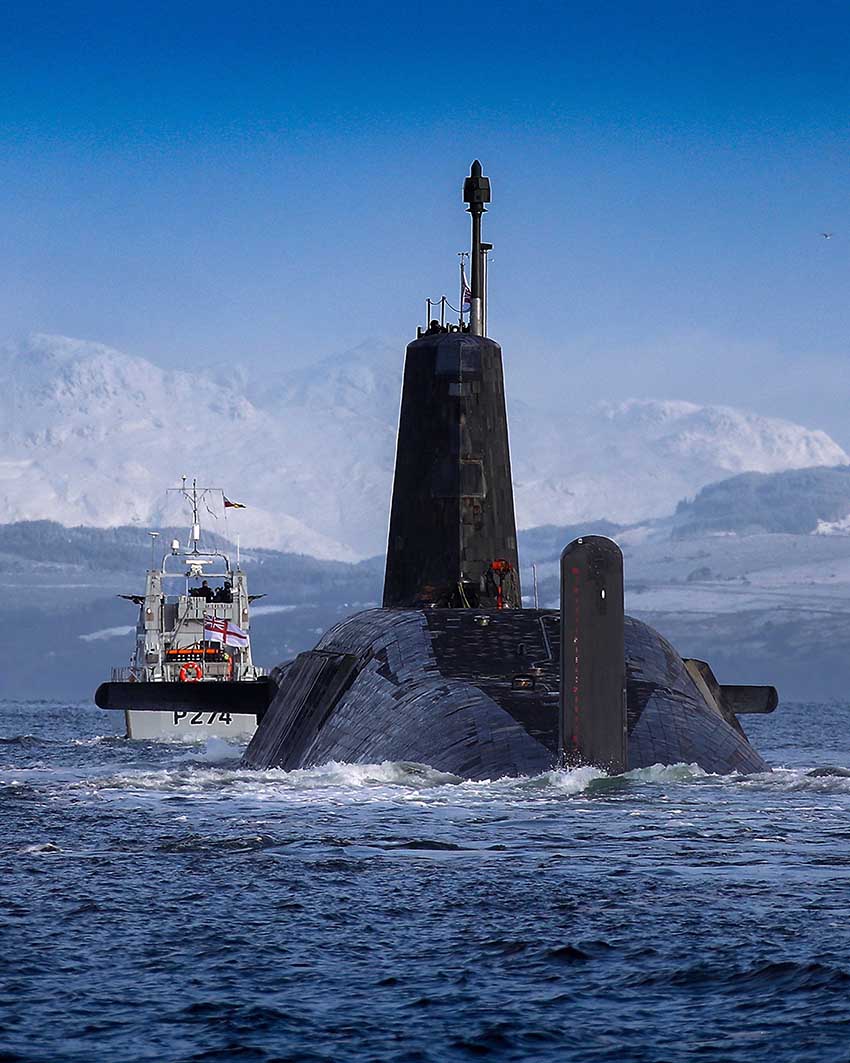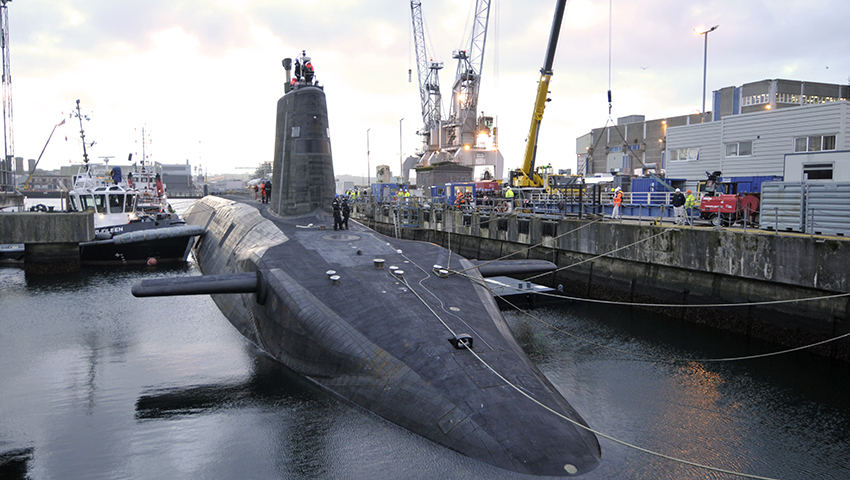Collaboration between government, regulators and industry partners will be key to standing up a complete nuclear submarine capability in Australia.
Developing the knowledge, infrastructure, workforce and new operating environment required for building and sustaining nuclear powered submarines in Australia will see government and regulators relying on a high level of maturity and trust.
Martin Halloran, Babcock Australasia’s Executive Director of Strategy and Future Business says nuclear adds another dimension to an already secretive and protected defence industry.
“Success will rely on multi-disciplinary partnerships across academia, government agencies and companies with a nuclear pedigree to deliver the capability in the time frames desired and to maintain the trust of our AUKUS partners.
“The complexity and fundamental emphasis on safety in managing nuclear technology requires highly specialised governance, policy and frameworks,” says Mr Halloran.
As a global company with decades of experience in the safe operation and sustainment of the UK’s nuclear submarine fleet, Babcock brings to Australia deep industry knowledge and extensive expertise in the military and civil nuclear arenas.
Babcock has supported the UK Royal Navy in its nuclear submarine design, acquisition, sustainment, training and regulatory compliance programs for more than 50 years.
“We understand what it takes to operate safely and efficiently in a highly regulated environment, meeting all compliance, safety stewardship and infrastructure requirements of submarine sustainment,” says Mr Halloran.
Operating the UK’s only licenced facility for refitting, refuelling and defueling nuclear submarines, Babcock sustains 100 percent of the Royal Navy’s nuclear-powered submarine fleet.
The company has undertaken critical work in the conduct Life of Type Extension (LOTE) program of the Vanguard class nuclear submarines and also manages HMNB Clyde and HMNB Devonport – two of the UK’s three naval bases, which compromise the operating ports of the Royal Navy’s submarine fleet.
Also in the UK, Cavendish Nuclear, a wholly owned subsidiary of Babcock, plays a key role in the country’s nuclear industry, conducting environmentally secure and safe stewardship of all aspects of the nuclear energy life cycle.
Mr Halloran says the careful management of nuclear technology and design requirements extend far beyond the submarine and reactor, and through life support must be integrated into the design from the onset.
“This is the role that Babcock is currently delivering for the UK’s Dreadnought submarine program, which is the future replacement for the Vanguard class nuclear submarines.
“The holistic approach to nuclear stewardship, aligned with the provision of a full suite of dockyard services in the UK, have been the cornerstone of Babcock’s enduring success and safety record.”
Babcock is also a key participant in Australia’s conventional submarine capability under its long-standing partnership with ASC and is the premier warship sustainment company in Australia and New Zealand following the full acquisition of NSM Australia in early 2022.
“We stand ready to work with ASC in creating a truly sovereign nuclear submarine capability,” says Mr Halloran.
“We understand that standing up sovereign capability relies on having the people to do it. Australia will require a huge range of new skills and roles, from nuclear qualified welders to engineers, physicists and human safety specialists in order to rapidly grow a sovereign nuclear capability.
“It takes many years to develop that capability, so Babcock has started embedding our Australian employees into our UK programs to gain experience to bring to Australia, as well as bringing our UK nuclear submarine specialists to Australia to start growing the capability here.”
Babcock has seen from its UK experience there is a high transferability of skills from the oil and gas sector to nuclear. Both are heavily regulated industries with comparable safety mindsets and these skills currently exist in Australia, and the wider region, and provides an opportunity to transfer into this space.
Mr Halloran says Babcock can assist with knowledge transfer and how to harness the support network of local business that Australia will need to sustain nuclear submarines.
“Internationally, Babcock is investing in advanced technologies in various areas that can be leveraged into Australia and used as the basis for growing further capability in Australia with SMEs and research partners.
“We hope to start filling that gap for many small to medium businesses who have lost work due to the cancellation of the Future Submarine Project with Naval Group.
“We are focused on developing enduring industry capability in our region and through our partnerships, offering them the opportunity of increased access to Babcock’s regional and global supply chain.
“It provides yet another opportunity to transfer valuable skills, expertise and intellectual property from our international operations to enhance Australia’s sovereign defence capability. Through collaboration and bringing complementary capabilities together, the benefits for Australia will be enormous,” says Mr Halloran.
 HMS Vanguard homecoming in UK.
HMS Vanguard homecoming in UK.


